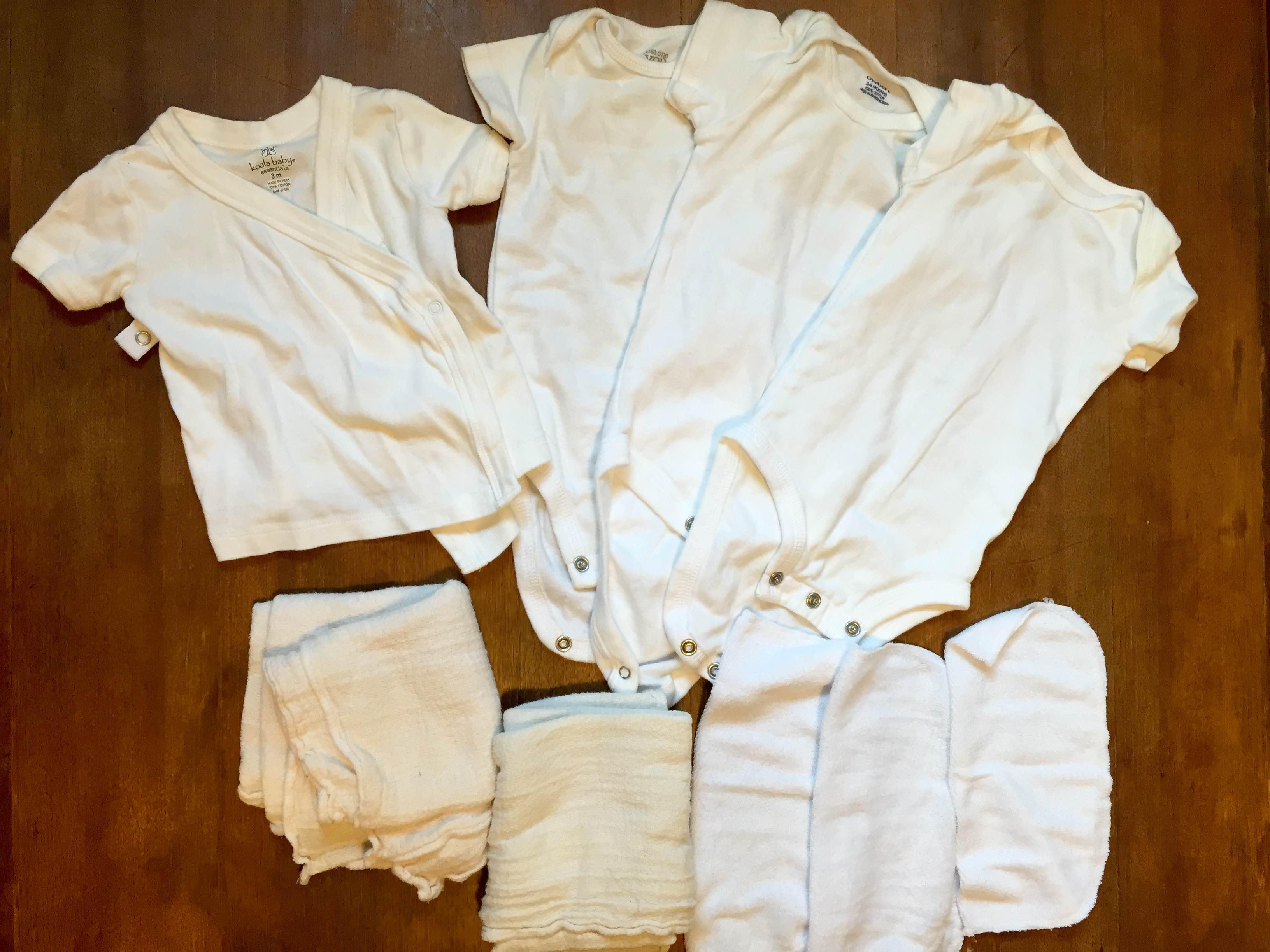
VEGETABLE DYEING
10/06/15 — Farm
 By Megan Winfrey
By Megan Winfrey
Vegetable Dyeing
I'm mixing it up this week, ya'll. Instead of a recipe, I'm going to share my maiden voyage into plant dyeing. Natural dyeing has really fascinated me lately, mostly in part to the rad lady behind Folk Fibers, (www.folkfibers.com) who I started following on Instagram earlier this year. [editor's note: Maura from Folk Fibers used to manage our greenhouse here at JBG! She also used the originial backyard garden as an indigo plot in 2012.] She dyes the natural fabrics for her gorgeous quilts using plant, seed, and insect matter, and she yields the most vibrant array of colors you can imagine. Now, me? I smear beets over my lips every time I eat them and one time, I haphazardly threw my baby's white onesie into the beet water hoping it would turn an earthy magenta. Well, every ounce of color washed out immediately and then I knew, I had to do a little research and try again.

After googling around, I found out that a pre-bath in a vinegar/water mixture was necessary to set the dye, and to only use twice as much water as plant matter.
Well, my family has to eat, so I didn't have much plant matter left over to work with after planning the week's meals. I used probably 2 cups worth for each dye bath. Next time, I will save plant scraps for a few weeks and make a much more potent dye.
- The first dye consisted of a bunch of papalo and the stems of a bunch of chard.
- The second dye was the fresh skins of 2 purple eggplants. The third dye was a bunch of beets and their greens. The first step was to gather the pieces I wanted to dye (some onesies and cotton rags) and put them into a large pot with a 4 to 1 ratio of water to distilled vinegar. Then, I prepared the plant matter. For each dye, I chopped all of the plant and vegetable matter into small chunks, added twice as much water as plant matter.
- At this point, I have 4 pots going. One for fixing the pieces I wanted to dye and three different dye pots - perfect for a 4 burner stove.
- I brought each pot to a boil, then lowered to a simmer for one hour.
- Once everything had simmered for an hour, I strained the dyes back into their pots, squeezed the excess liquid out of the onesies and rags, and divided them evenly among the dyes. I let everything sit overnight, hoping to achieve a deeper color
![(null)]()
I hope y'all enjoy your own adventures in vegetable dyeing, and I'd love to hear how it turns out!







 0 ITEMS IN CART
0 ITEMS IN CART 


